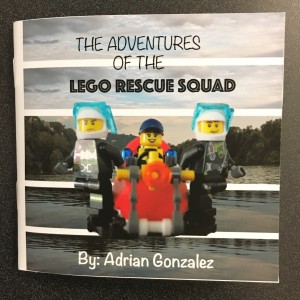- Although he knows that some of his art is great, he is able to turn it “off” by humbling himself when it comes to work he isn’t completely confident about. That’s not to say he doesn’t care about or like his work, he is just self-aware of what is better and what he is capable of.
- This reading is relevant to the last assignment because he is mindful of his work and takes his time with his craft. In fact, he lives by the philosophy that “every day is a new day”.
Personal Reflection
- Quite frankly, I feel self-conscious about a lot of my ideas, particularly when it comes to art. I’m a Graphic Design major so a lot of my work involves critical thinking of placement and attractiveness to the eyes. Sometimes, I feel like I lack those qualities and that my peers are drastically more talented than I am. In art classes, I feel like I am not as creative or talented as my peers because they are more gifted and have a deeper meaning behind their work.
- The pros of the nothing-to-lose attitude are that people who live by that saying typically are risk-takers. Sometimes, those risks can benefit the person and sometimes it can be a set-back, which is the con of that saying. To me, it is a good saying to live by IF I am aware of the outcomes and if they are more likely to give me a positive result rather than a negative one.











